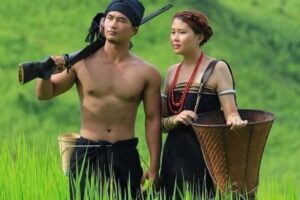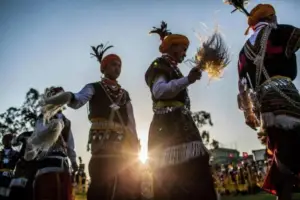The Tripuri people are an indigenous ethnic group mainly residing in the Indian state of Tripura, which is located in the northeastern part of India. They are also found in the neighbouring state of Mizoram, some parts of Bangladesh, and a small number in Myanmar. The Tripuri people have a rich cultural heritage, and their history is closely tied to the region they inhabit.
While the Tripuris have a strong connection to their traditional customs and practices, like many other indigenous communities, they have also experienced cultural influences from the changing social and economic landscape. The preservation of their cultural identity remains a significant aspect of the Tripuri community’s ongoing narrative.

Brief History of Tripuri People
The history of the Tripuri people is closely linked to the history of the region. Tripura was once an independent kingdom, and the Tripuri kings ruled the region for centuries. The Tripuris, indigenous to the state of Tripura, boast a rich and distinctive culture, tradition, and history that have shaped the identity of the region.
In the pinnacle year of 1512, the Tipperas reached the zenith of their power by successfully defeating the Mughals. The ruling dynasty navigated through various historical epochs, holding dominion over Tripura for several centuries until the 18th century. During this period, Plain Tippera succumbed to British colonial rule, while Hill Tippera retained its status as an independent princely state. However, with the partition of India in 1947, the princely state of Tripura joined the Indian Union. This political change had significant impacts on the socio-economic and cultural aspects of the Tripuri community.
Demography
Despite the Tripuri people being the largest ethnic group in Tripura, the demographic panorama of the state is anything but uniform. Instead, it serves as a melting pot, where various communities and tribes have coexisted for generations, forging a diverse and intricate demography through historical migrations, cultural interactions, and the harmonious blending of traditions.
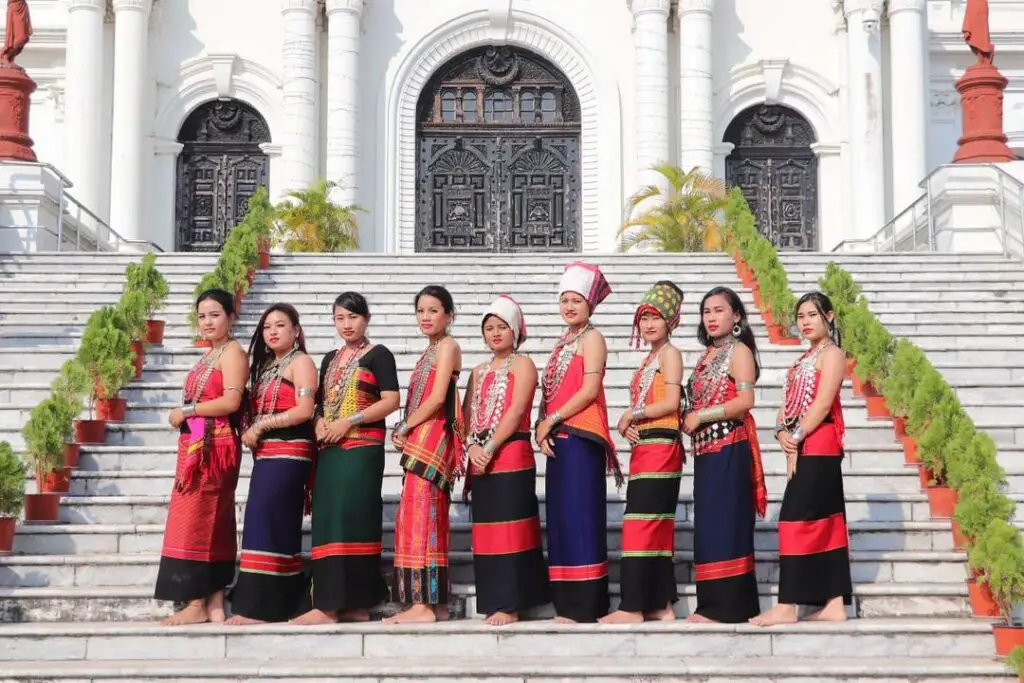
Significant historical events, such as the partition of India in 1947, have left an enduring imprint on the demographics of Tripura. The assimilation of princely states into the Indian Union triggered shifts in population dynamics, as individuals from diverse regions sought refuge and settlement in this scenic land. Consequently, the demographic fabric became interwoven with threads of distinct languages, traditions, and belief systems, creating a rich and multifaceted tapestry that characterizes Tripura’s unique cultural landscape.
Language
The primary language spoken by the Tripuri people is Kokborok, a Sino-Tibetan language deeply rooted in the indigenous Tripuri community. Kokborok holds a significant place in their cultural identity.
In historical contexts, the Tripuri language was written in the native Tripuri script known as Koloma. The earliest known writings in Tripuri, dating back to the 1st century AD, were inscribed using the Koloma script. However, this script eventually gave way to an alphabet based on the Eastern Nagari script. Currently, there is an ongoing effort to revive the ancient Koloma script, marking a resurgence of cultural heritage and linguistic traditions.
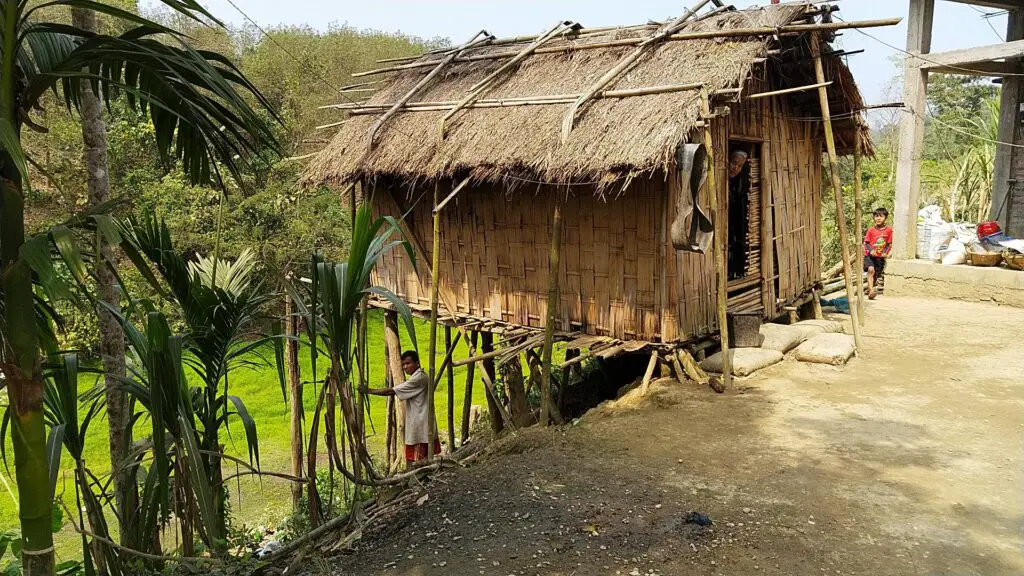
Religion
While the majority of the Tripuri people adhere to Hinduism, there exist communities that observe indigenous Tripuri faiths, engaging in the worship of diverse deities and spirits linked to nature. Many Tripuri individuals traditionally embrace a blend of Hinduism and folk religions, with a notable presence of Christians, primarily of the Baptist denomination. Tripuri Hinduism is characterized by its syncretic nature, seamlessly integrating elements of traditional folk religion with Hindu practices—a phenomenon commonly observed in northeastern India. Additionally, a minority within the Uchoi clan of the Tripuri community follows Buddhism.
Society and Lifestyle
The Tripuri people possess a unique and rich historical, social, and cultural heritage that sets them apart from mainland Indian traditions. Their distinctive culture, evident in their dance, music, festivals, community governance, attire, and culinary practices, has deep roots. Kokborok, the lingua franca spoken by the 12 major linguistic groups among the indigenous Tripuris, along with other dialects in Tripura, belongs to the Tibeto-Burman linguistic group and stands distinct from languages spoken in other parts of India. Notably, there is no influence from languages spoken by other communities in the northeastern region.
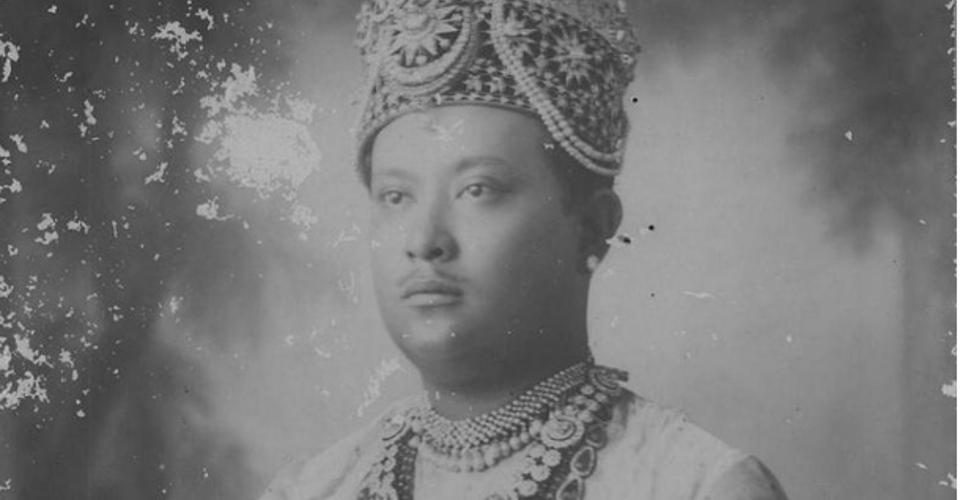
Historically, the Tripuri society was organized into clans or “twipra,” each with its chief. The society was agrarian, and agriculture played a crucial role in their livelihood. Over time, there have been changes in the social structure due to influences from outside cultures and historical events.
The main Tripuri clans are:
Culture and Traditions
The Tripuri people boast a unique cultural identity, marked by traditional dances, music, and festivals that reflect their heritage. Among these, two prominent festivals stand out: Buisu and Hangrai.
The Buisu festival spans two days, making it a significant celebration for the Tripuri community in both India and Bangladesh. Recognized as the traditional New Year’s Day, Buisu typically falls on the 13th or 14th of April. During the main Buisu festivities, people engage in socializing, preparing, and sharing a variety of traditional foods, fostering a sense of community.

Hangrai, another pivotal festival for the Tripuri people, holds deep meaning as a harvest festival. The celebration of Hangrai is approached with festivity, with preparations beginning several days in advance. Tripuri individuals partake in the festivities by visiting holy places, worshiping deities, and engaging in individual sacrifices and rituals, creating a vibrant and meaningful observance of their cultural heritage.
Culinary Delights of the Tripuri People
The Tripuri people have a deep appreciation for the diverse and fresh vegetables harvested from the hills, forming a crucial component of their cuisine. Among their traditional dishes, Bamboo Shoots hold a special place, known as “Muya” in the Kokborok language.
A distinctive feature of Tripuri daily cuisine is the common use of dry fish, adding a unique flavor to their meals. Sticky rice, another culinary treasure, is prepared in various ways, showcasing the versatility of this traditional food among the Tripuri people.
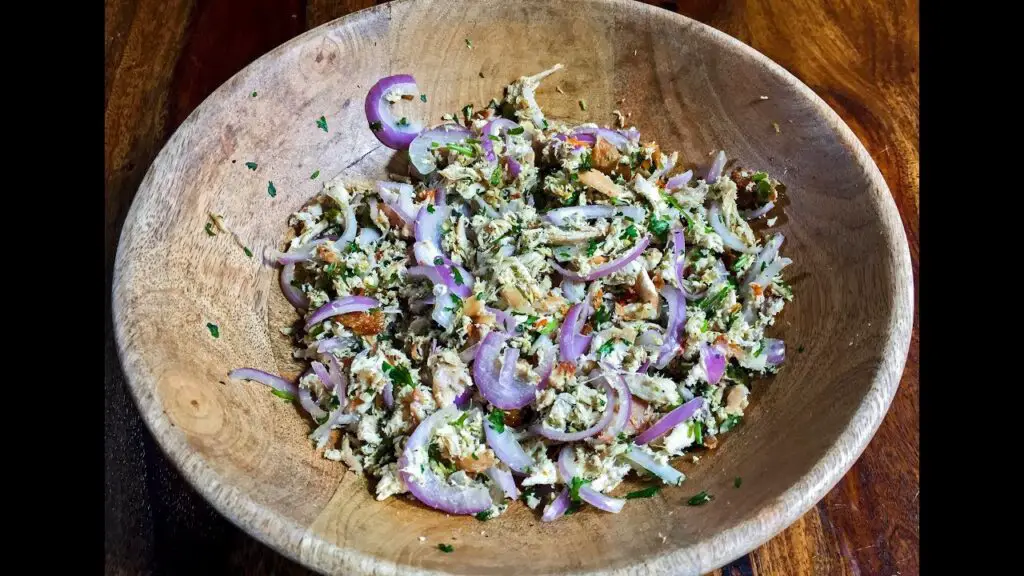
A culinary gem in the Tripuri menu is Awang Bangwi or Awang Bwthai, a cone-shaped rice roll expertly crafted and steamed in banana leaves. Revered by the Tripuris, Awang Bangwi is considered the national food of Tripura State, embodying the rich culinary heritage of the region.
Bamboo takes center stage in the traditional cooking methods of the Tripuri people, particularly when preparing Chicken, Pork, or Fish. The process is both simple and ingenious – marinating the meat with a blend of distinctive ingredients before stuffing it inside bamboo, along with a dash of water. This culinary technique results in Bamboo Chicken, Pork, or Fish, a widely cherished and popular dish among the Tripuri community, showcasing their culinary expertise and the ingenious use of natural resources in their traditional cooking practices.
Traditional Tripuri Games and Sports
The young generation of the Tripuri community, like many other ethnic groups worldwide, engages in traditional games and sports that have been passed down through generations. It’s noteworthy that these traditional sports are shared among various Tripuri-speaking tribes in Tripura, fostering a sense of cultural unity.

In contemporary times, while Tripuri children have also embraced games from other communities, there remains a connection to their roots as they continue to participate in their traditional sports and games, albeit sporadically. Even as new games become part of their recreational repertoire, the traditional games, known as ‘Thwngma,’ hold a special place in the hearts of the Tripuri youth.
Conclusion
The Tripuri people of Tripura, with their rich historical legacy, vibrant cultural practices, and distinctive culinary traditions, exemplify a community deeply rooted in its identity. The Tripuri community is not merely a repository of traditions but a living, breathing testament to the spirit of unity in diversity, ensuring that their legacy continues to thrive in the changing landscapes of the 21st century.
(To know more about Tripura State Tourism check the link here.)



